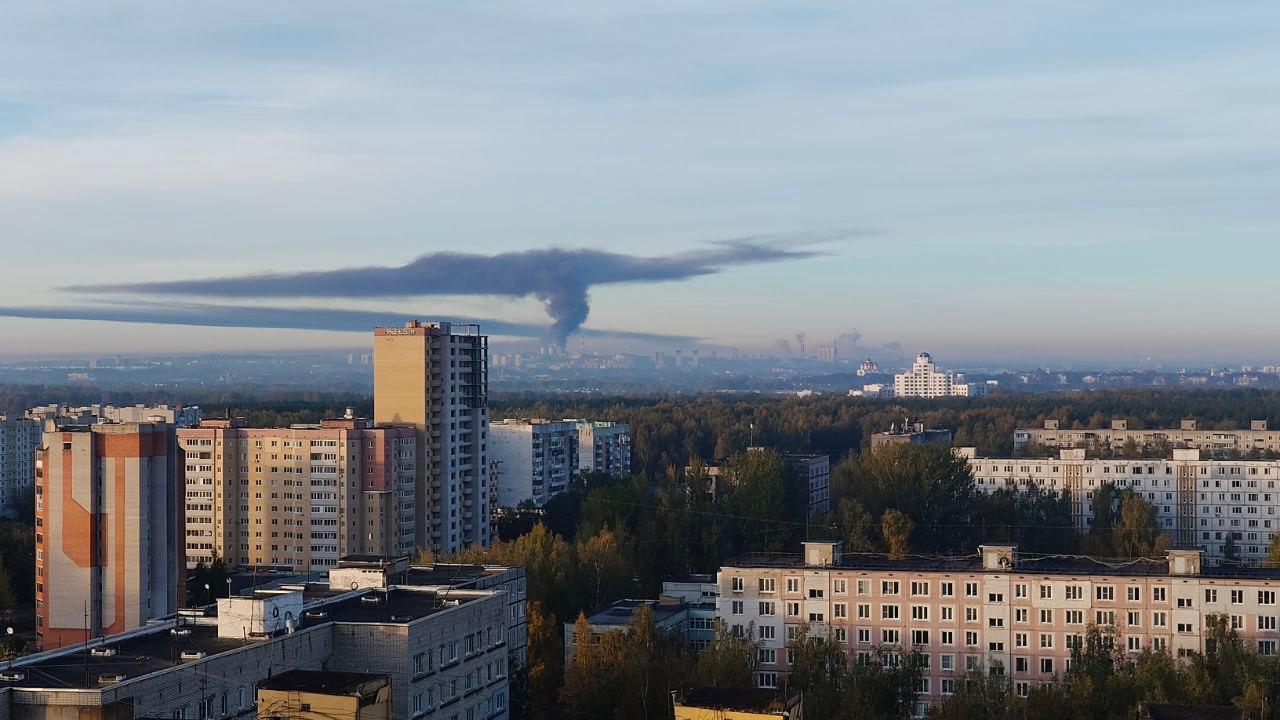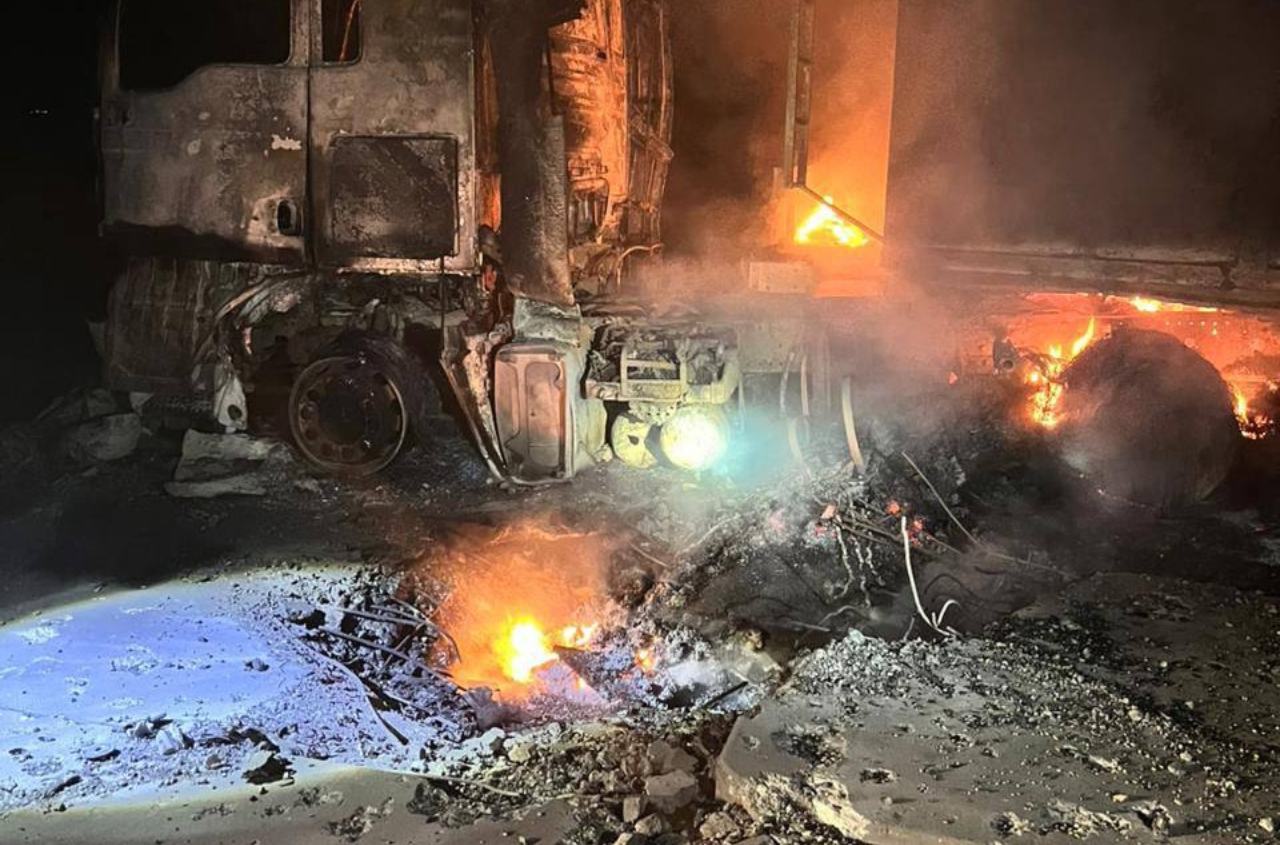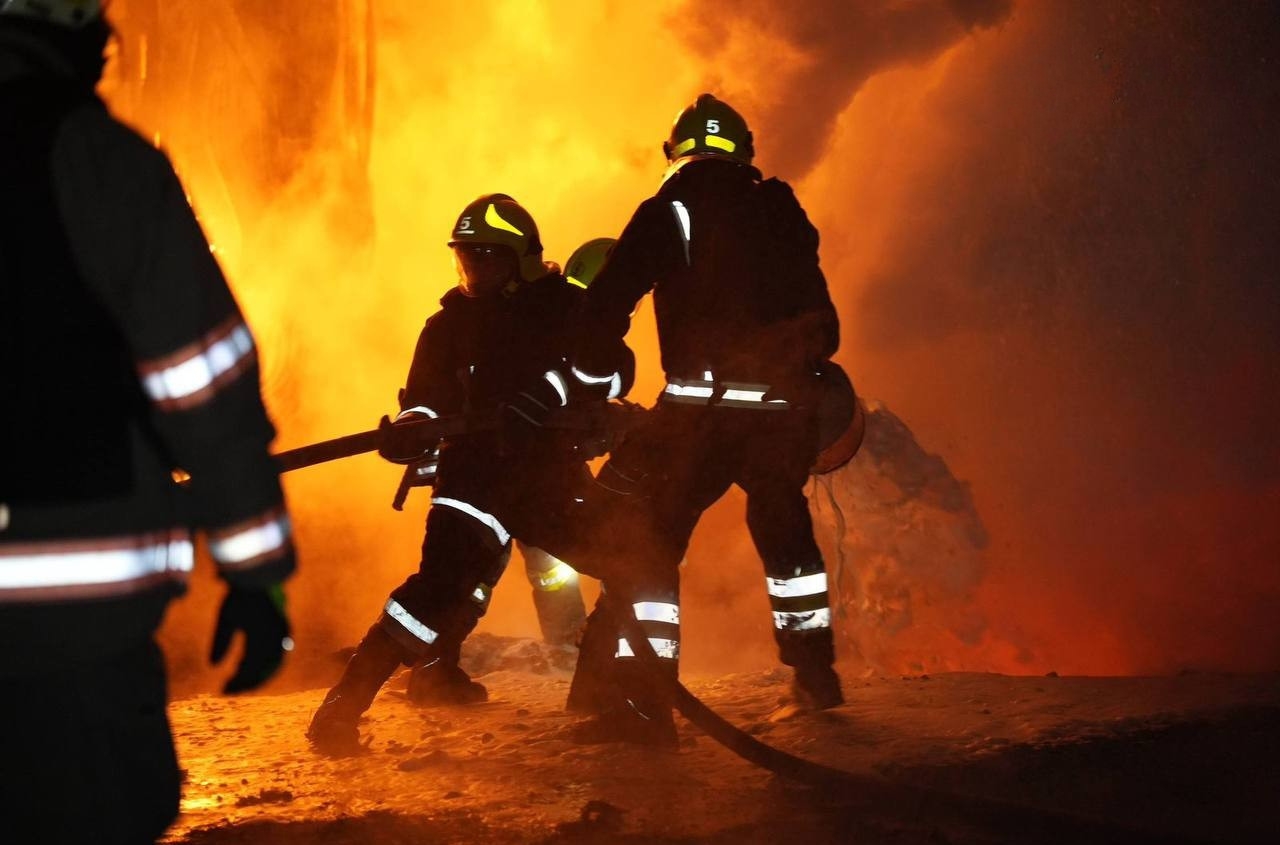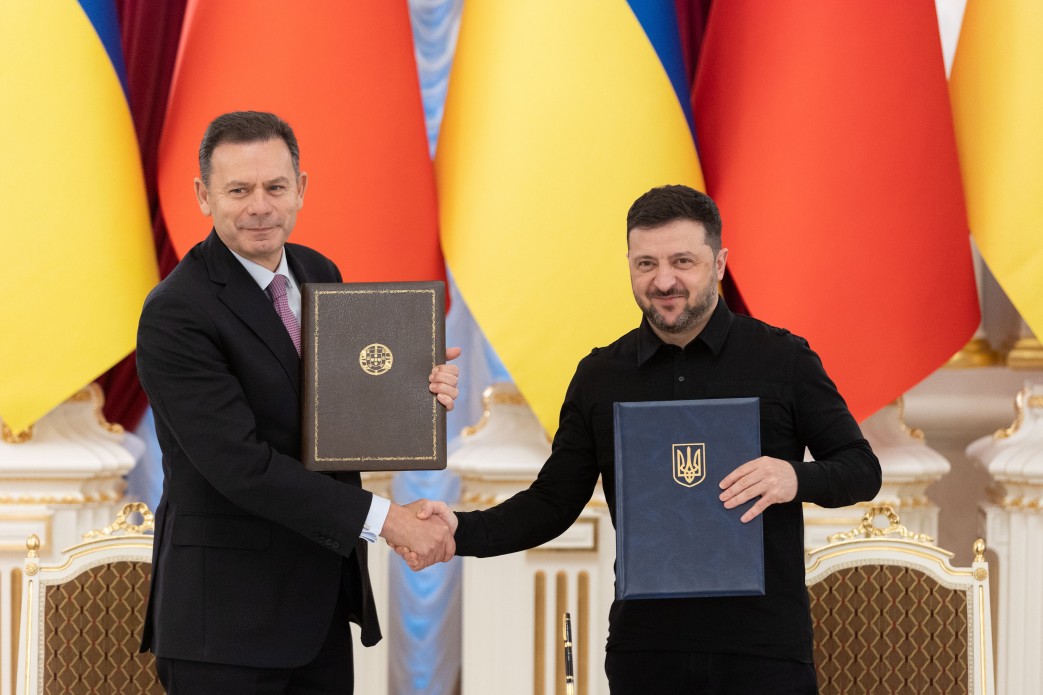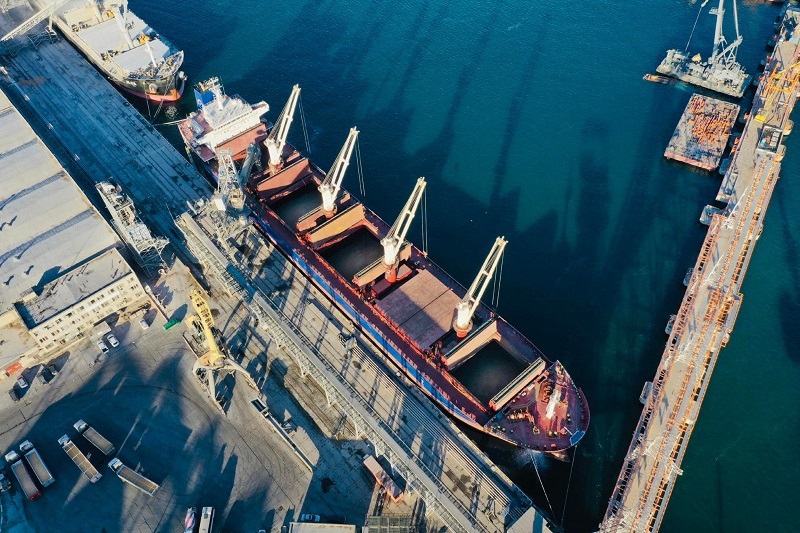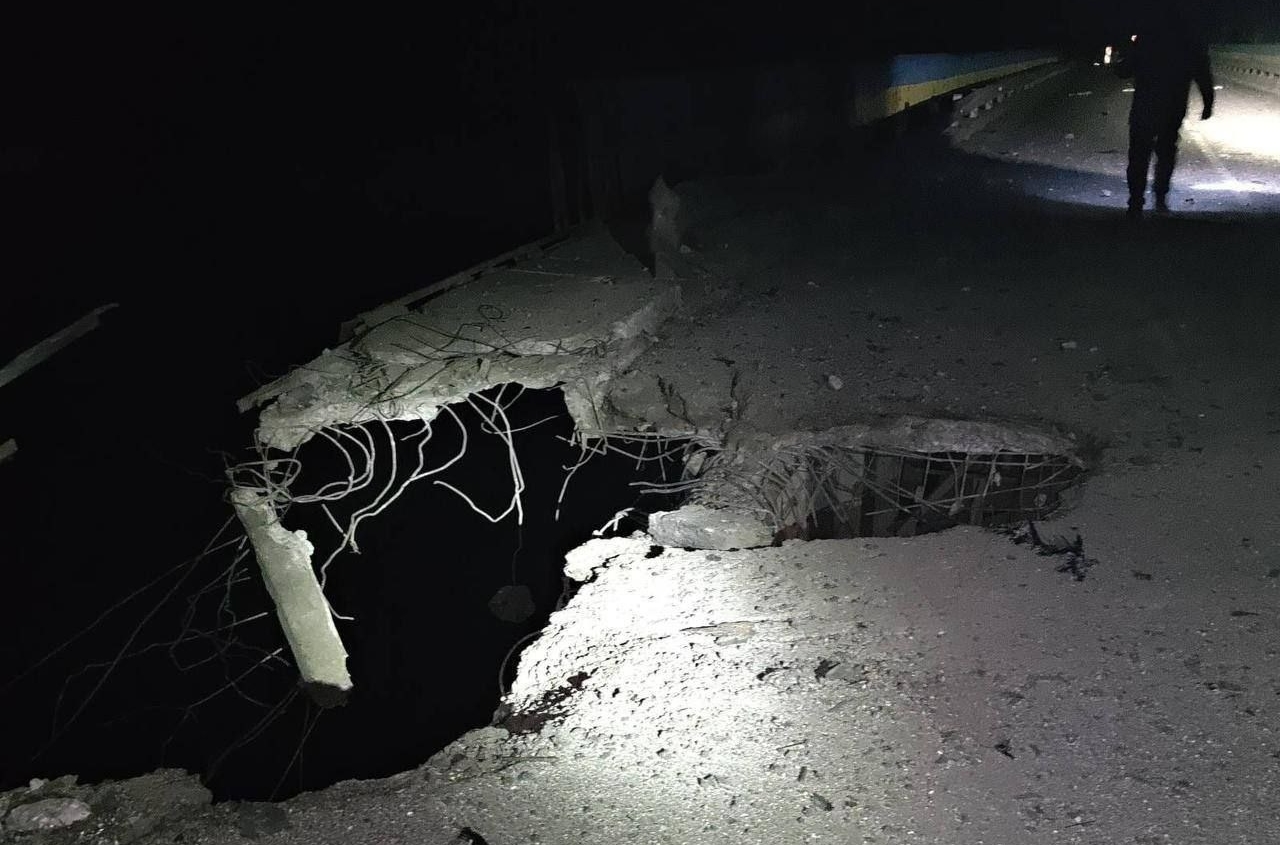Main image: Yaroslavl Refinery
Since early August, Ukrainian drone strikes have hit more than two dozen major oil refineries in Russia, plunging the country’s fuel market into an unprecedented crisis.
As of September 28, 38% of primary oil refining capacity nationwide—or 338,000 tons per day—was idle, according to RBC, citing data from the quantitative information agency Siala.
The total capacity available for gasoline and diesel production fell 6% in August and a further 18% in September. The scale of refinery downtime reached a historically unprecedented level, exceeding the August record (23%, 206,000 tons per day) as well as previous records from May 2022 (196,000 tons per day) and May 2020 (164,000 tons per day).
Approximately 70% of the downtime was caused by drone attacks, which by the end of September had taken out about a quarter of Russia’s refining capacity—around 236,000 tons per day, according to Siala’s estimates.
In September, four more Russian refineries halted production after UAV strikes. These included Kinef in Leningrad region, Russia’s second-largest refinery, and Rosneft’s Ryazan refinery, among the country’s top five. Kinef stopped on September 14, Ryazan on September 5. Additionally, the Novokuibyshevsk refinery ceased operations on September 20, and Gazprom’s Astrakhan refinery on September 22.
As a result, gasoline production fell by 1 million tons in September, creating a 20% deficit in the domestic market. The fuel crisis has hit the Far East and Crimea hardest, where since the beginning of the week, sales of more than 30 liters of gasoline per person have been prohibited. In total, over 20 regions—from Sakhalin to Nizhny Novgorod—have experienced fuel shortages, writes The Moscow Times.









